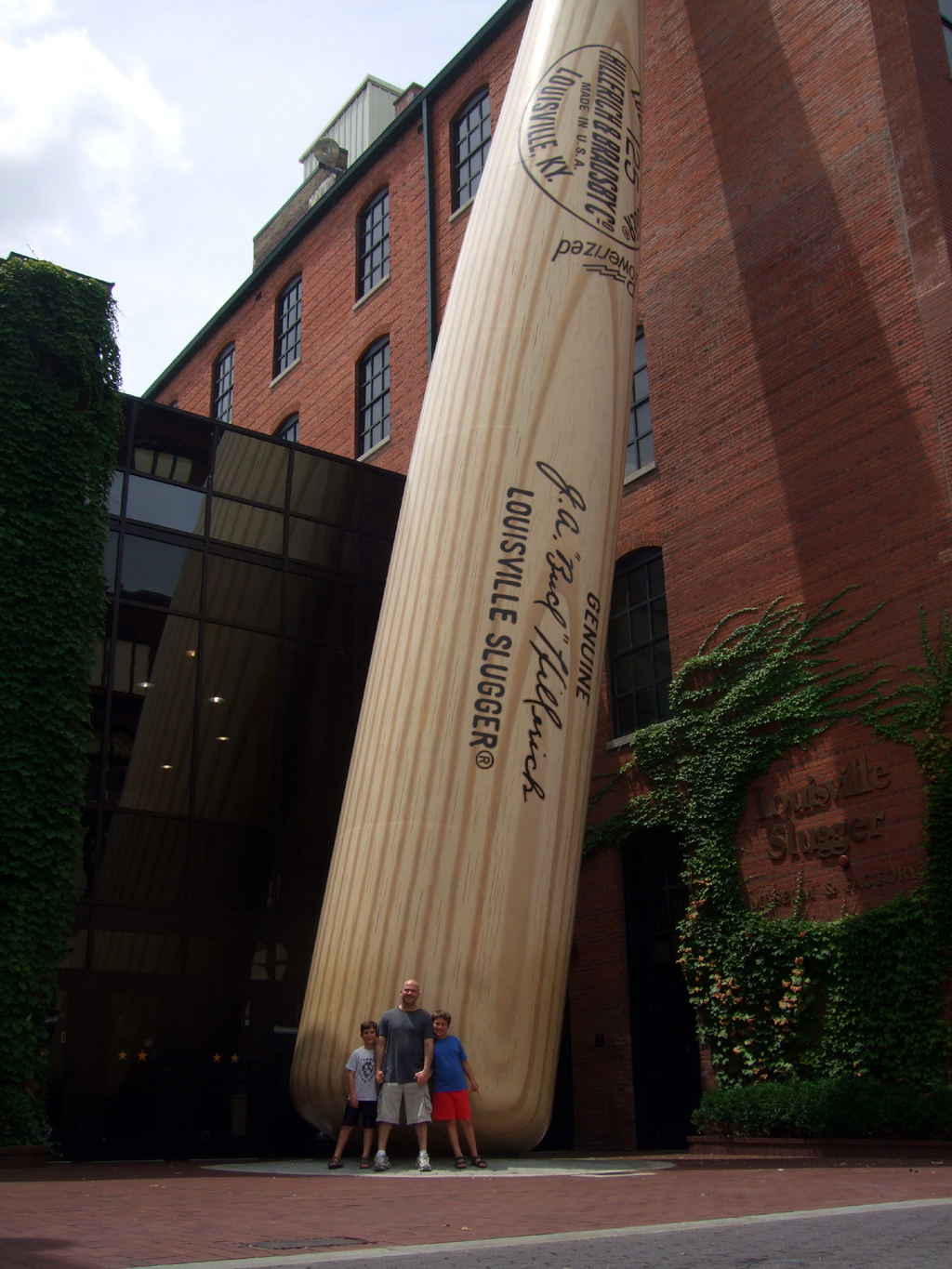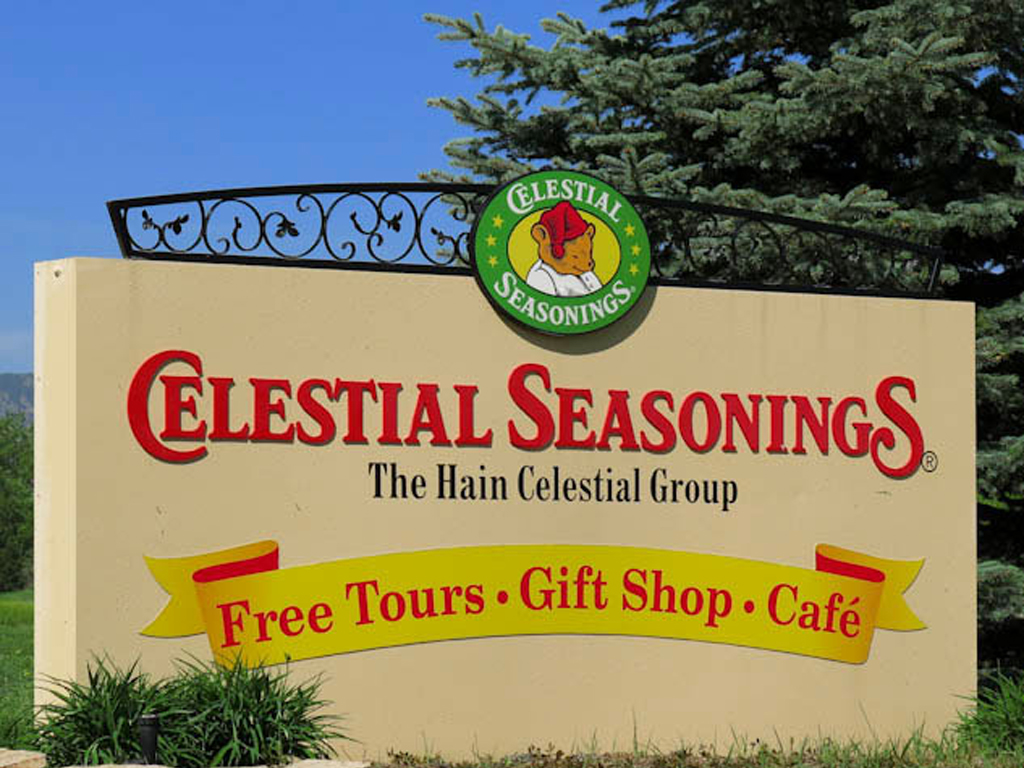
Great 8: Places Marking History
A road trip can be a drive through scenery and geography and geology, but also through history. No, you're not driving a time machine. But you can pretend. Your destination can be more than just a place; it can be a placeholder in America's long narrative. Whether it marks a time and location of tragedy or triumph, of personal achievement or collective experience, one's destination can be, as Henry Miller once put it, "never a place but rather a new way of looking at things." Here are eight such destinations:
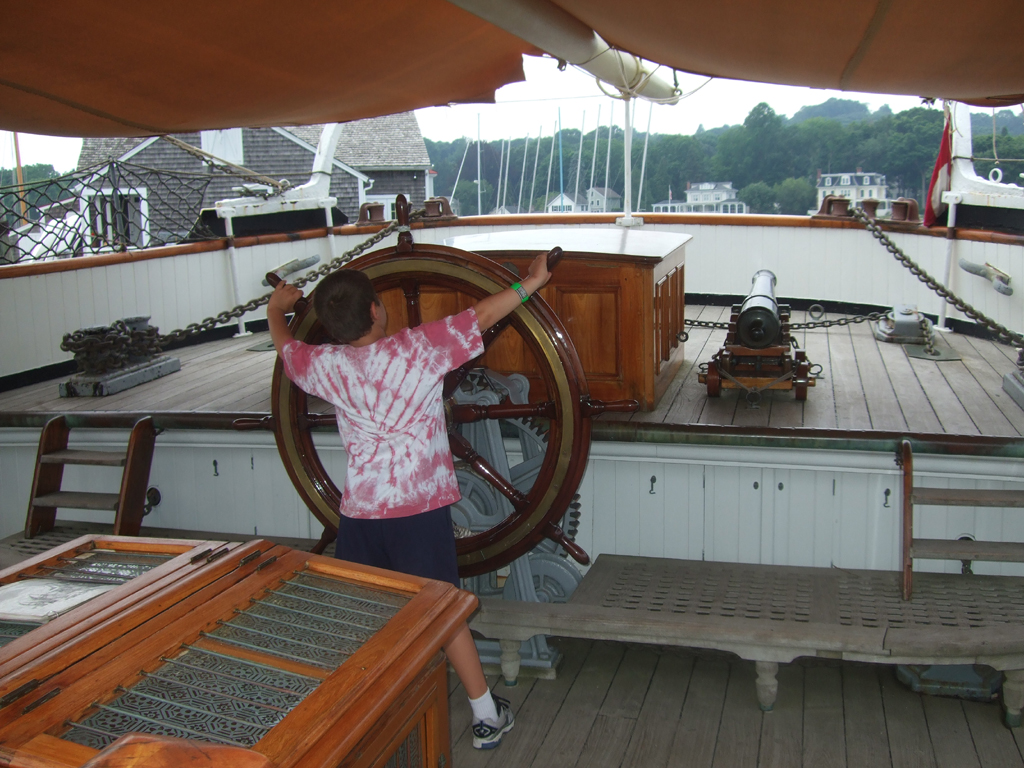 Plymouth Rock (December 21, 1620)
Plymouth Rock (December 21, 1620)
Yes, there is actually a Plymouth Rock, where the sea-weary pilgrims from the Mayflower first set foot in the New World in 1620. Today, the rock--all ten tons of it--sits under a columned canopy at Pilgrim Memorial State Park on Water Street in Plymouth, Massachusetts. It is aptly described as the Cornerstone of the Nation. And Plymouth's pilgrims are tourists.
An easy stroll from the Rock will take you to the Replica--the 106-foot-long Mayflower II, a re-creation of the famed late 16th-century merchant ship, built from the same Devon oak in England. After making your way past several dockside exhibits that trace the history of the ship's passengers and the crew's navigation techniques, visitors can explore the decks of the ship while chatting with costumed role players who won't break character no matter how hard you try.
The rock and the boat are certainly the most symbolic sites in town. But they aren't the only educational ones. For instance, Pilgrim Hall Museum, built in 1824, houses the actual possessions of the pilgrims--like William Bradford's Bible and Peregrine White's cradle. The museum also tells the story from the perspective of the natives--the Wampanoag "People of the Dawn" who inhabited the area for several millennia before the pilgrims arrived. To gain an even greater understanding of that story, steer 2 miles south toward Plimoth Plantation, which offers a re-creation of both a Wampanoag homesite and a 1627 pilgrim village.
When South Carolina became the first state to secede from the Union, the South demanded that Fort Sumter--a federal fort located on a small island in Charleston Harbor--be vacated. The North refused. At 4:30 in the morning on April 12, 1861, the war began when Confederate artillery opened fire from nearby Fort Johnson. Fort Sumter was surrendered less than a day-and-a-half later and remained in Confederate control--surviving almost 46,000 Union shells in an attempt to regain it--until it was finally evacuated in February 1865.
You can start your tour of this fateful locale with a half-hour narrated ferry ride from Patriots Point Naval & Maritime Museum across the harbor from Charleston in Mount Pleasant (where you can also tour the U.S.S. Yorktown aircraft carrier). On the actual island, a ranger offers another ten minutes of narration before you're allowed to wander on a self-guided tour.
Like most such memorials, the museum on the premises offered an education to complement the immersion. Two of the most striking artifacts housed there are the first Confederate flag to fly about the fort and the tattered U.S. flag that flew over it during the original bombardment. And there's this: You can spot artillery shells still embedded in the brick walls.
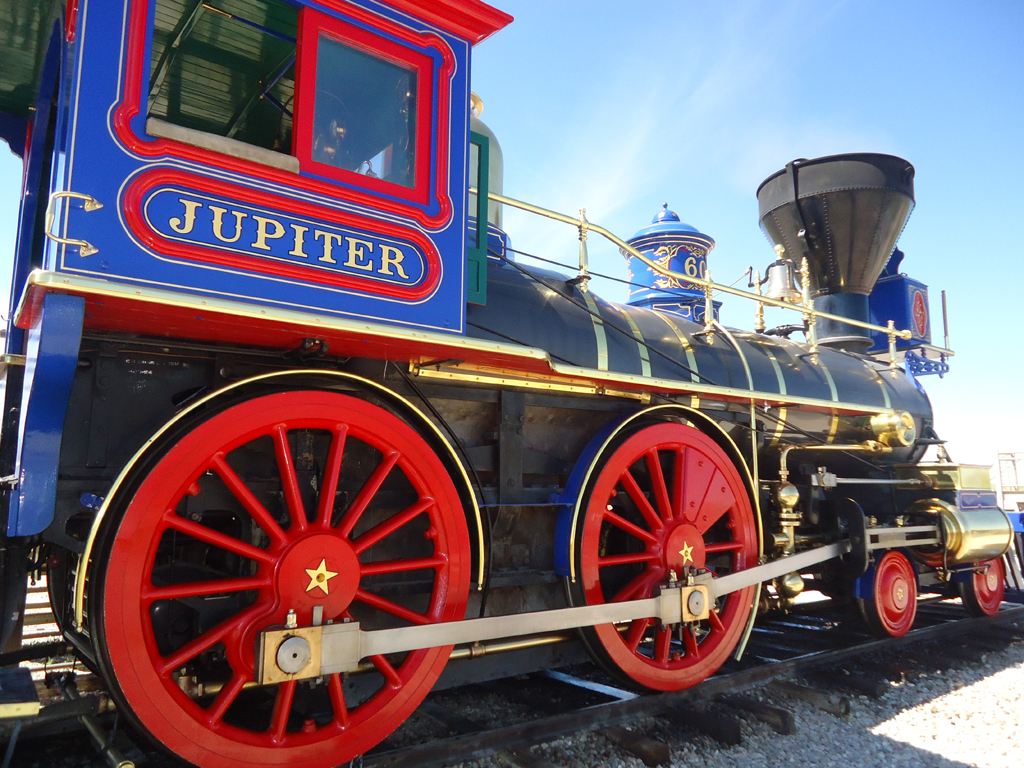 The Golden Spike (May 10, 1869)
The Golden Spike (May 10, 1869)
Only five years after the Civil War concluded, at a place called Promontory Summit in Utah Territory, a golden spike was driven into a railroad tie to commemorate a remarkable achievement in American history -- the first Transcontinental Railroad. The spot marked the meeting of the Central Pacific Railroad (which had been built from the west starting in Oakland, CA) and the Union Pacific Railroad (which had built from its eastern terminus in Council Bluffs, Iowa, and connected with the existing railways of the eastern U.S.) Thus the Atlantic and Pacific coasts were now connected by rail for the first time. It would revolutionize the culture, the economy and the population of the American West. Whereas it had only recently taken as long as six months from coast to coast, now it took about one week.
On that day in May (142 years ago), two locomotives (Union Pacific No. 119 and Central Pacific No. 60) were drawn up face-to-face and separated only by the width of a single railroad tie. In front of hundreds of onlookers, Leland Stanford used a silver spike maul to drive the very last spike (made of 17.6-karat copper-alloyed gold) into a pre-drilled hole. The ceremonial spike was quickly replaced by an ordinary iron spike, and a message was transmitted by telegraph to both coasts. It simply read: "DONE."
The original Golden Spike now sits in a museum on the Stanford University campus. But Promontory, a lonely outpost just north of Great Salt Lake, is now home to Golden Spike National Historic Site, where you can see working replicas of the two locomotives present at the original ceremony. Each summer Saturday the trains are drawn up face-to-face, a re-enactment of the event.
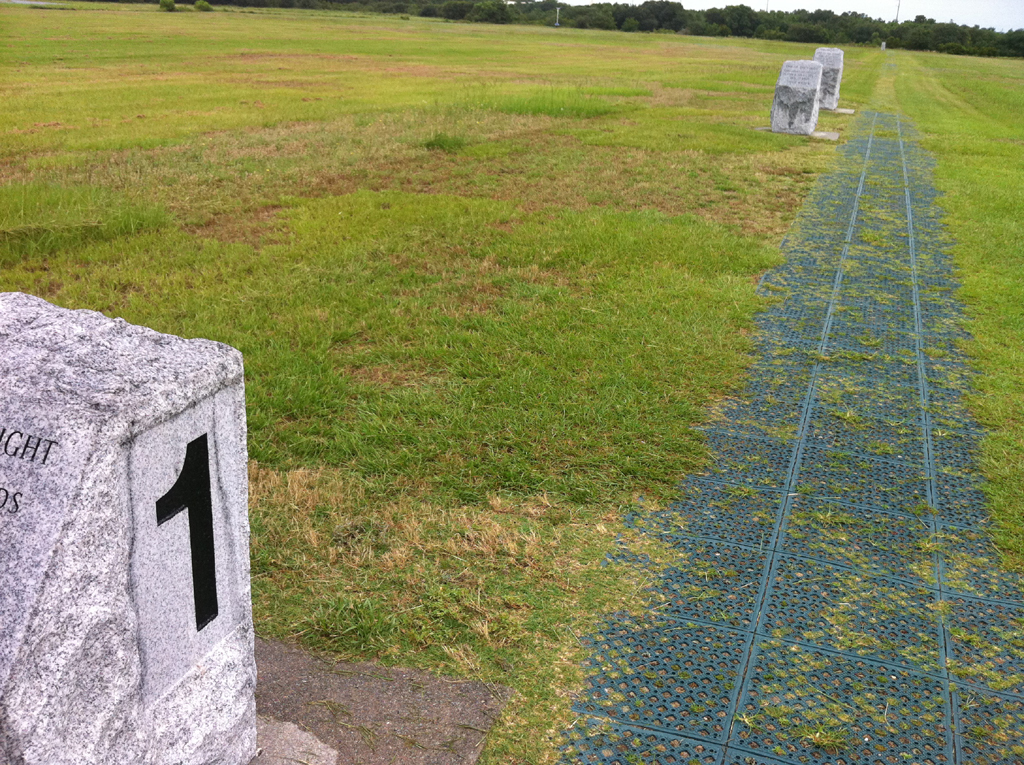 Wright Brothers National Memorial (December 17, 1903)
Wright Brothers National Memorial (December 17, 1903)
Sure, the Outer Banks of North Carolina are a worthy travel destination if there were no profound history involved. And yes, it's neat to see a full-scale reproduction of the Wright 1903 Powered Flyer at the Wright Brothers National Memorial visitor center. And certainly, it's enlightening to walk through exhibits revealing how a couple of bicycle-builders turned themselves into transformational figures. But the grounds of the memorial... that's where your imagination will soar.
Not only is there a 60-foot granite monument to the siblings atop a 90-foot dune called Kill Devil Hill, but you can also stroll along historical markers indicating the distance of each of the brothers' four powered flights on that fateful day amid the infancy of the 20th century. A large granite boulder stands where the first airplane left the ground. The first historical marker (thus the distance of the first flight) stands 120 feet away. The second, 175 feet. The third, 200 feet. It is a visual and visceral representation of man pushing the envelope.
And then there's the fourth marker. That one is 852 feet away. Each of the first three flights lasted 12 to 15 seconds. But the last one that day was a 59-second wonder. After that last flight, the Wright Flyer was caught by a gust of wind, rolling over and sustaining enough damage to end the brothers' flying season. But that fourth flight was THE ONE. And when you're there, looking over the dunes, feeling the wind, scanning the distance traveled, you're really THERE.
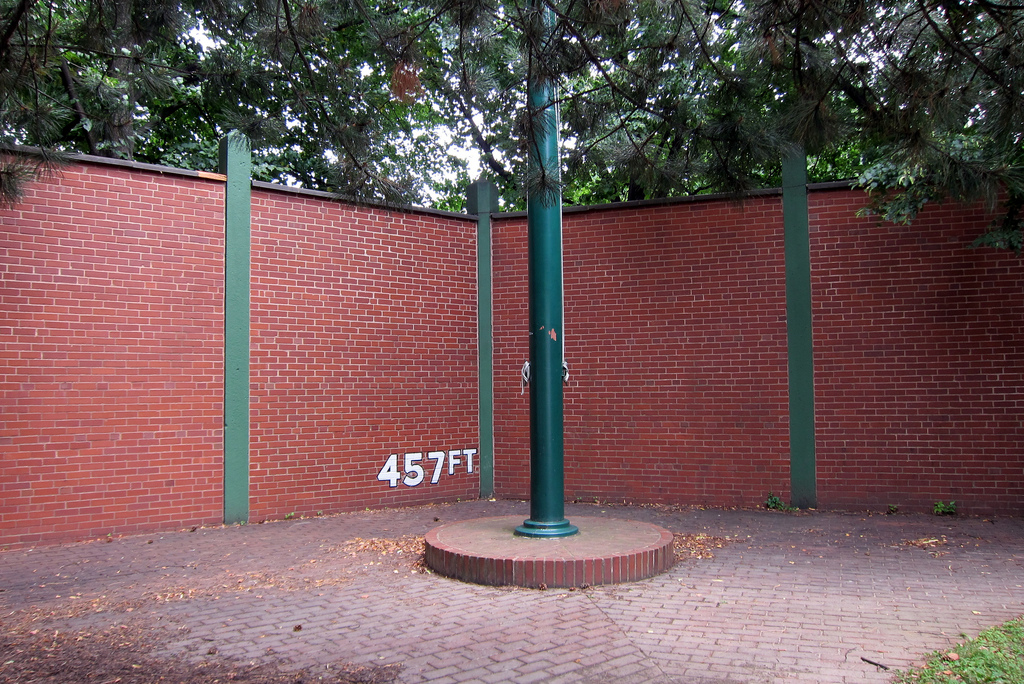 Old Forbes Field (October 13, 1960)
Old Forbes Field (October 13, 1960)
This one is best experienced on a very specific date. If you're a baseball fan, and if you're anywhere near the Steel City on any October 13, you simply must head over to the University of Pittsburgh campus, where Forbes Field used to be. The stadium was razed in 1971, but a portion of the ivy-covered red brick outfield wall still stands, including the 457-foot marker and the flagpole in deep center field. There, you can have front row seats to an iconic sports moment--because every year on this date, the Pittsburgh Pirates win the World Series.
A fellow named Saul Finkelstein was twelve years old on October 13, 1960, when Pirates second baseman Bill Mazeroski clouted a famous home run to lift the Pirates over the vaunted New York Yankees in the seventh game of the World Series. A quarter-century later, Finkelstein got his hands on a copy of the radio play-by-play of that game and decided to celebrate the moment by listening to the game in its entirety at the old wall. Nowadays, it's a genuine annual event.
The participants--their numbers having grown exponentially over the years--start the radio broadcast at exactly 1:05 pm, just like in 1960. And just like in 1960, the lead ping-pongs back and forth until Mazeroski steps to the plate with the game tied 9-9 in the ninth inning. At exactly 3:36 pm--every single year--he knocks a pitch toward left field, and the celebrating begins. So if you're a fan of the National Pastime, if you prefer your road trips to be fueled by an occasional detour into nostalgia, and if you're anywhere near western Pennsylvania in mid-October, just stop by and listen.
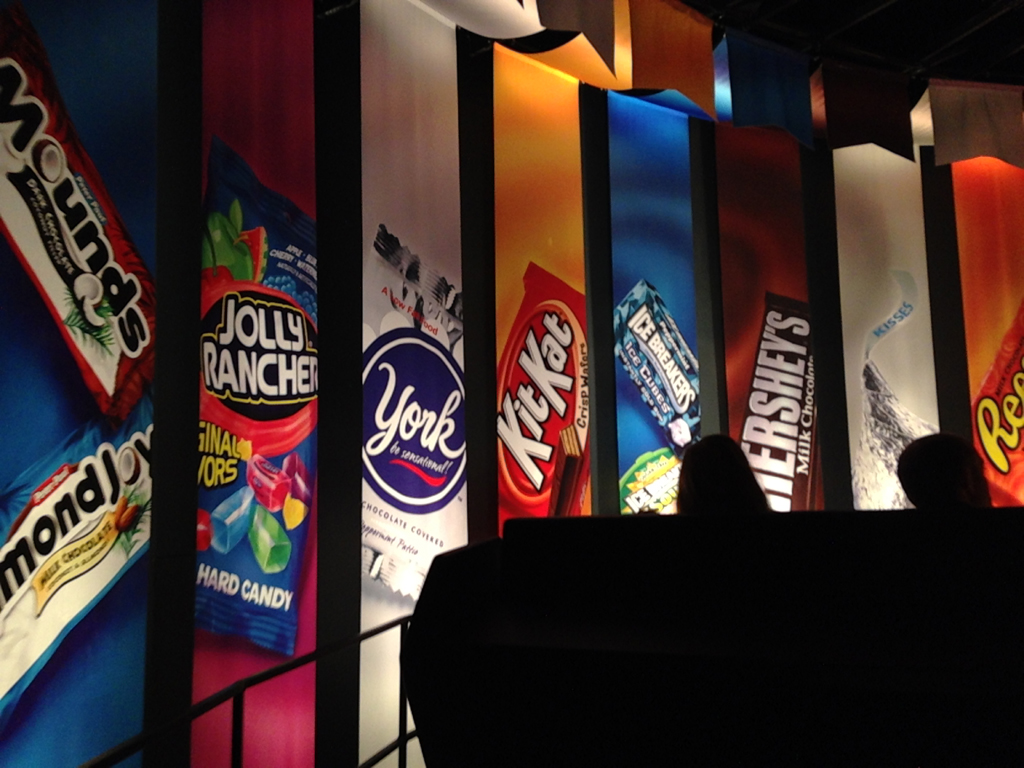 Woodstock Festival (August 1969)
Woodstock Festival (August 1969)
The Woodstock Festival didn't actually take place in Woodstock, NY. It was supposed to be in the town of Wallkill. But when that fell through, Max Yasgur offered his farm in the town of Bethel, NY, 43 miles from Woodstock. So began "Three Days of Peace and Music."
Today, the site is home to the Bethel Woods Center for the Arts, and the summer concert calendar generally includes everyone from Jimmy Buffett to James Taylor to Josh Groban. And sometimes even Carlos Santana, who wowed the crowd at the same spot back in 1969. And occasionally Crosby, Stills & Nash, who were there back in the day, too, along with Janis Joplin and Jimi Hendrix and Joe Cocker and Jefferson Airplane and the rest.
The Museum at Bethel Woods is enthralling, telling the story of the festival's counterculture roots, its convoluted creation, and its cacophony of humanity, including a traffic jam that stretched several miles from Yasgur's farm. The highlight of the museum is the 21-minute video in which fellow musicians provide insight into the artistry of the legendary acts that played through the rain, into the night, and into history.
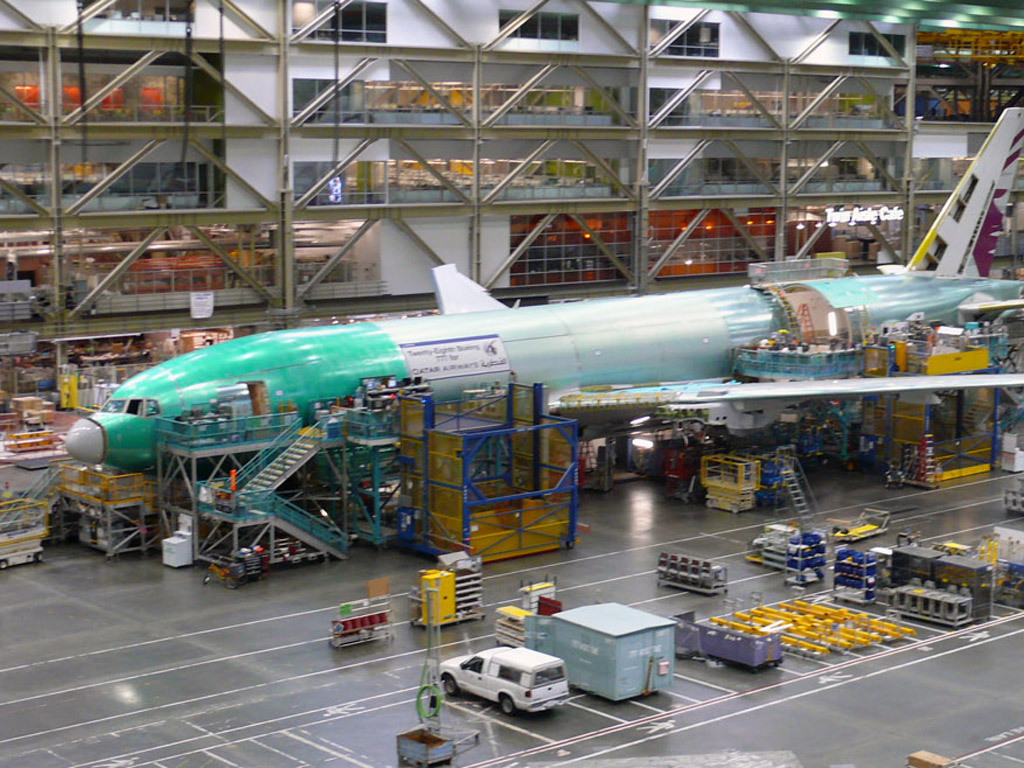 Oklahoma City National Memorial (April 19, 1995)
Oklahoma City National Memorial (April 19, 1995)
On April 19, 1995, a bomb destroyed the entire north face of the Alfred P. Murrah Federal Building in Oklahoma City, killing 165 people. The memorial that stands there today is a beautiful and haunting way to remember a national tragedy. The dominating notion is one of before and after -- how such a catastrophe changes us all in some way.
The concept is evident in the visitors (some 350,000 annually) seeing their forever-altered selves starting back in a Reflecting Pool. It's evident in the Gates of Time, two bronze gates marking the entrances to the Memorial. One marks the time as "9:01," the last moments of tranquility. The other is marked with "9:03," which the folks in these parts like to think of as the first moments of recovery. It is evident, too, in the Field of Empty Chairs--168 of them, each etched with a name of a victim. Among them: 19 smaller chairs representing children. And it is evident in the Survivor Tree, which was nearly destroyed by the blast but surprised all by starting to bloom again a year later. And Survivor Tree seeds have been planted all over the country.
On the north side of the memorial grounds is the National Memorial Museum, a comprehensive overview of U.S. terrorism, the site, how the world reported it, how the rescuers were heroic, and how the investigation unfolded. It is a template for how to memorialize a tragedy with class.
When cruising through the Kansas flatlands, the temptation is to snicker at a billboard beckoning you to stop and see "the world's largest hand-dug well" in the town of Greensburg. But don't laugh. And don't miss it. It completely topples expectations.
In the spring of 2007, a massive tornado leveled Greensburg. Some 95 percent of the homes and businesses in the town were destroyed. Eleven people died, and hundreds of people lost nearly everything they owned. But here's how they reacted in Greensburg: "Although this storm was devastating to our community, we are presented with an incredible opportunity to show the world our strength and to create a new future for those who will live here. We are rebuilding stronger, better, greener, and we are a model for rural America."
The Big Well, created in 1887, was a pioneering engineering marvel in its day--109 feet deep and 32 feet in diameter. When the tornado arrived, the building constructed over the well was destroyed, along with its water tower. Only the well remained, which you can descend via a spiral staircase. But the museum and visitor center surrounding it features exhibits on the history of Greensburg and the tornado's devastation (everything from twister-strewn refuse behind glass to real-time weather reports, all of it housed in a building with a circular, spiral motif, as if approximating the shape of a twister).
But really, the museum is a monument to a town's refusal to die, rebuilding with affordable, sustainable residences, eco-homes, and cutting-edge recycling efforts. It turns out that a stop in Greensburg is a lesson in humility and fortitude and community--and turning a tragedy into an opportunity.
Comments
Comments on this post are moderated, so they will not appear instantly. All relevant questions and helpful notes are welcome! If you have a service inquiry or question related to your RV, please reach out to the customer care team directly using the phone numbers or contact form on this page .
